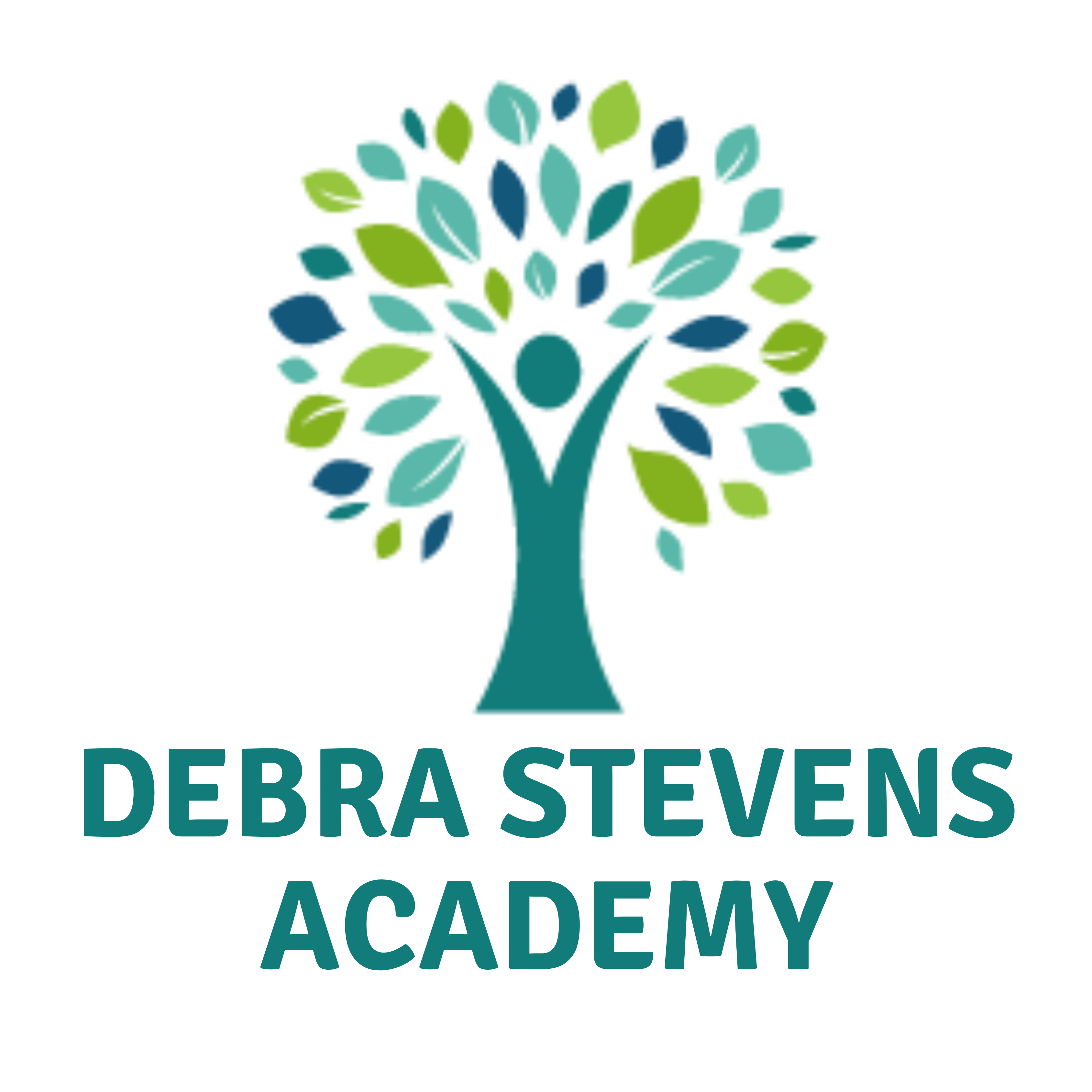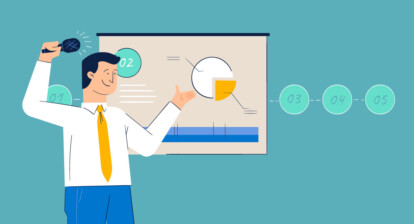A Key to Captivating Presentations
we’re passionate about unlocking the secrets of successful presentations. Today, we’re diving deep into one of the foundational aspects of presentation – audience analysis. Ever wondered why some presentations stick while others drift away? The secret often lies in how well the presenter understands their audience.
Why Audience Analysis?
Tailored Content: When we understand our audience, we can tailor our content to their needs and interests. It’s like preparing a custom-made outfit – it just fits better.
Engagement Booster: Knowing the audience allows us to engage them with relevant stories, examples, and insights. A well-targeted joke or anecdote can work wonders!
Overcome Challenges: By understanding their background, expectations, and reservations, we can anticipate potential challenges and prepare to address them.
How to Analyse Your Audience
Surveys & Questionnaires: Before your presentation, send out a simple survey. This can help gauge their knowledge level, expectations, and what they hope to gain.
Direct Interaction: If possible, engage with a few members. Ask open-ended questions to get a feel for their perspectives.
Research: For public speakers, knowing the demographics and cultural background of the audience can be invaluable. Understand the current trends and hot topics in their industry or field.
Key Aspects to Consider
Knowledge Level: Are they beginners, intermediate, or experts on the topic?
Cultural Sensitivities: Are there any cultural nuances you should be aware of?
Expectations: What do they hope to get out of this presentation?
Demographics: Age, gender, profession – these can provide clues on how to structure your content.
Engaging Your Audience Post Analysis
Now that we’ve done our homework, it’s time to put it to use.
Customise Content: Organise your content to fit the audience’s knowledge level. For beginners, start with the basics. For experts, dive deep.
Interactive Tools: Use polls, Q&A sessions, and discussions to keep them engaged. Audience engagement tools are your best friend here.
Relatable Examples: Use real-world examples and stories that resonate with their background and experiences.
Feedback Loop: After the presentation, seek feedback. This can be a goldmine for future improvements.
Analysing our audience isn’t just a preliminary step; it’s the bedrock of an effective presentation. By dedicating time to understand the audience, we can make our presentations not just informative but truly transformative.
Thank you for joining us on this enlightening journey. At Debra Stevens Training & Coaching, we’re committed to helping you hone your presentation skills, ensuring that you captivate every audience. Until next time, happy presenting!




